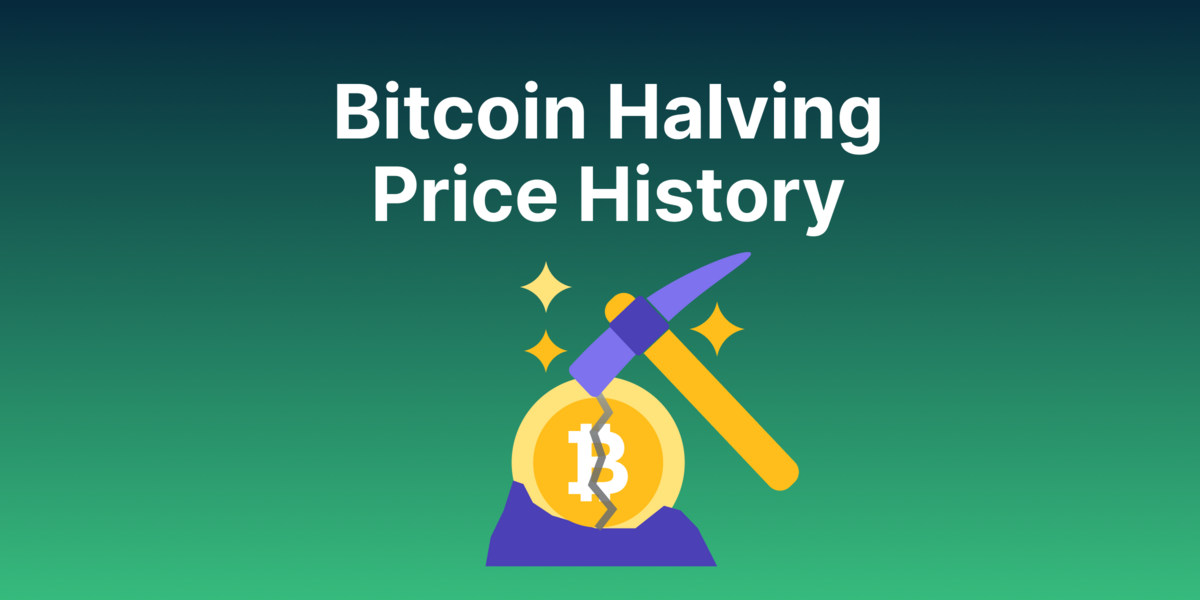This is a sponsored cryptocurrency guide by eToro.

Stellar was founded in 2013 by Jed McCaleb, one of the founders of Ripple that left because he had a different ideology of where the technology should be led towards. Jed McCaleb made a name for himself when he founded the infamous Mt. Gox, but left Mt. Gox before it was hacked of $460 million and went into bankruptcy.
Differentiating Stellar from Ripple
Similar to Ripple, Stellar.org is a centralized organization that supports the Stellar network and is meant to handle cross platform transactions and micro transactions. Stellar was originally forked from Ripple’s XRP. The code was updated in November 2015 with the Stellar Consensus Protocol (SCP) that claims to further decentralize the network.
Stellar and Ripple are both very different in terms of organizational missions. Ripple was built for financial institutions and banking giants while Stellar was built for the common person with the aim to provide low cost financial services to “bank the unbanked”.
Services for the Unbanked
Stellar advertises itself as an open source, distributed and community owned network used to facilitate cross-asset transfers of value. Unlike Ethereum, Stellar does not handle full Turing smart contracts to keep the network light and fast.
The ideology powering Stellar is to minimize the cost of transacting across borders. However, there is a small transaction fee of 0.00001 lumens (XLM) to prevent network spam. This fee is collected by the ledger and redistributed in the process of inflation.
Like most cryptocurrencies, Stellar claims that its token, lumens (XLM) is decentralized where the whole network runs on a web of decentralized servers supported by individuals and entities. These servers support the distributed ledger that keeps track of the network’s transactions and data.
Mechanism of Stellar network
From the way it works, Stellar aims to become more flexible in utilizing the blockchain technology. Like Ripple, Stellar can handle exchanges between fiat-based currencies and between cryptocurrencies. Also similar to traditional banks, there will be anchors on the Stellar network.
Anchors are trusted entities that hold people’s deposits and can issue credit. The key function of an anchor is to issue assets such as Bitcoin, USD and ICO tokens. These assets can all be exchanged if sufficient credit has been issued by the anchor. Users do not trade actual physical assets, but instead, assets that have been credited to their account. For example, when trading USD on the Stellar network, it is not actual USD being traded, but USD that has been credited by an anchor. These USD credits issued can then be withdraw anytime from the network using any anchor that supports USD. In essence, Anchors serves as the bridge between different currencies and the Stellar network.
Before you can interact with the Stellar network, you will first need to create an account, then upload the funds to an anchor on the Stellar network. Then the anchors will deposit credits into your account on the Stellar network. With the credits on the network, you can then send them to other users on the network in real time, taking only 2 to 5 seconds.
Lumens (XLM)
Lumens are the native token on the Stellar network. When the network was launched in 2014, 100 billion lumens were created. Lumens serve two main purposes:
-
Preventing Spam
Lumens are used to cover the cost of transaction fees on the Stellar network and also to ensure minimum account balances are kept. This is designed to prevent the network from being overwhelmed with spam transactions. Each transaction comes with a fee of 0.00001 lumens. -
Facilitate multi-currency transactions
Lumens also acts as a bridge between currencies, facilitating trades between two separate currencies when there is not a large enough direct market.
Lumen Distribution
Since 100% of lumen’s supply has been minted in the beginning, Stellar.org dedicates themselves in ensuring that 95% of all lumens are distributed across the world. The foundation’s operations are funded by 5% of the initially minted lumens. The remaining 95% were distributed according to the schedule below:
-
50% distributed to individuals. Various amounts of XLM were originally given away to individuals who signed up to Stellar through an invitation link.
-
25% distributed to partners. Partners are businesses, governments, institutions or non-profit organisations who contribute to the growth and adoption of the Stellar ecosystem.
-
20% distributed to Bitcoin (BTC) and XRP holders. 19% of these were distributed to Bitcoin holders and 1% was distributed to XRP holders through multiple rounds of distribution.
Adoption
In October 2017, Stellar partnered with IBM’s Hyperledger Fabric Project. This partnership hit the front pages of cryptocurrency news sites and claimed to have started delivering real-world results. This partnership includes a network of banks that will potentially use lumens (XLM) to conduct transactions, especially in the Asian, Australian, and New Zealand financial markets.
Companies such as Deloitte, Parkway Projects, and Tempo have also started building services on Stellar’s network. However, actual use cases were not made available to public yet.
Conclusion
Stellar has been working on initiatives to keep transaction cost close to negligible while having near-instant transaction speeds. However, there is likely still a long way to go before we will see any actual impact in banking the unbanked despite their partnership with IBM. At present, the network is still underutilized and greater adoption will be needed before any impacts can be drawn from Stellar’s innovations.
This is a sponsored cryptocurrency guide by eToro.

TJ is a freelance writer that's enthusiastic for numbers, graphs and the economy. He is also a constant learner and are fast to analyse the latest happenings. Follow the author on Twitter @TjTeong









 Or check it out in the app stores
Or check it out in the app stores